The great American road trip has long been a canvas for discovery, where unexpected encounters often become the most memorable moments of a journey. Beyond popular destinations and tourist attractions, the United States is dotted with lesser-known places that offer profound experiences for travelers willing to venture off the beaten path.
Here is a list of 20 surprisingly inspiring road trip stops across America that might not be on your radar but deserve a detour on your next journey.
Cadillac Ranch, Texas
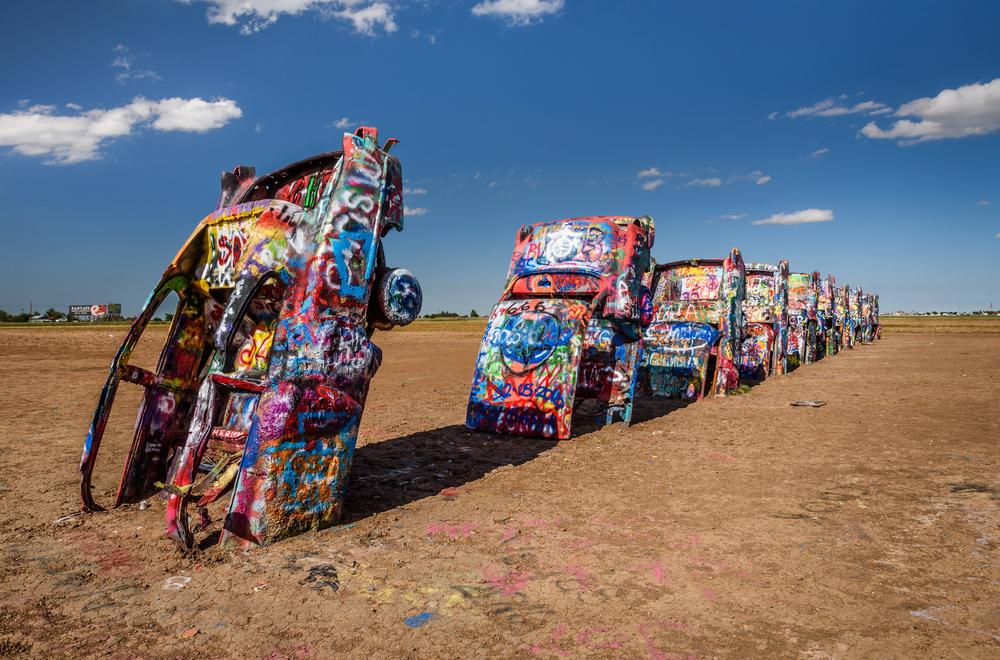
Ten vintage Cadillacs stand buried nose-first in a dusty field along Interstate 40 near Amarillo, creating one of America’s most accessible interactive art installations. Visitors are encouraged to bring spray paint and leave their temporary mark on these automotive monuments, resulting in ever-changing layers of color and expression.
The stark contrast between these man-made artifacts and the vast Panhandle sky creates a uniquely American artistic experience that comments on consumer culture, environmental permanence, and collaborative creativity.
City Museum, St. Louis, Missouri

Housed in a former shoe factory, this eccentric wonderland defies conventional museum expectations with its 10-story slide, airplane fuselage suspended mid-air, and labyrinth of tunnels constructed from repurposed architectural elements. Created by artist Bob Cassilly, the space invites visitors of all ages to climb, crawl, and explore urban detritus transformed into magical environments.
The museum embodies joyful resilience and creative reuse, turning industrial artifacts into playful spaces that challenge how we interact with our built environment.
Like Travel Pug’s content? Follow us on MSN.
International Peace Garden, North Dakota/Manitoba Border
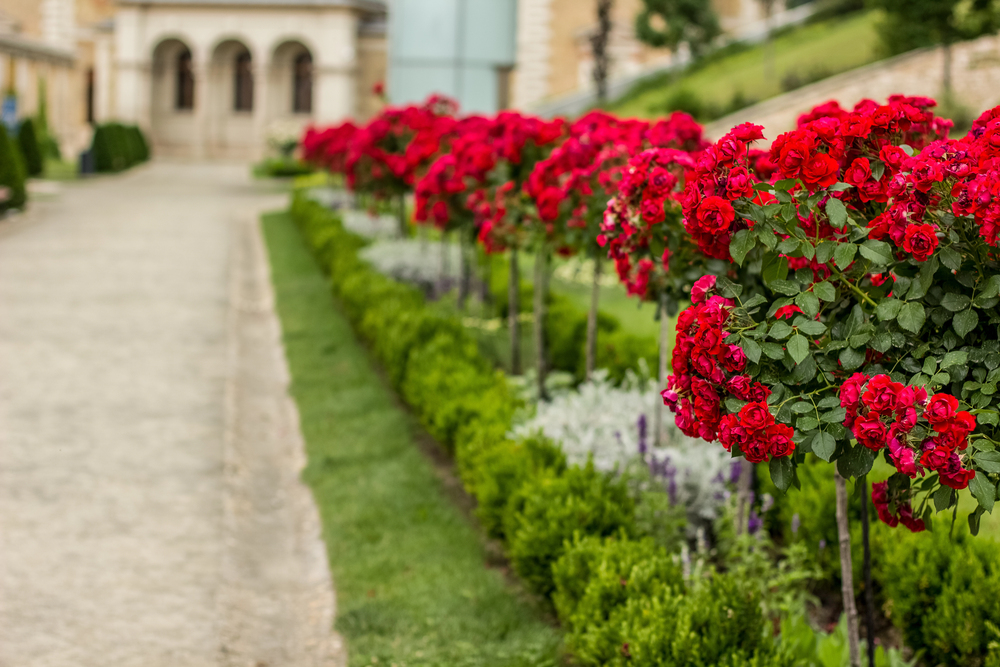
Straddling the world’s longest undefended border, this 2,300-acre garden celebrates the enduring friendship between the United States and Canada with meticulously designed floral displays and reflective spaces. The Peace Chapel features panels of colored glass that bathe visitors in rainbow light while they contemplate the garden’s mission of harmony.
Two pristine lakes mirror each other across the international boundary, creating a powerful visual metaphor for cooperation that feels especially poignant in today’s divided world.
Salvation Mountain, California
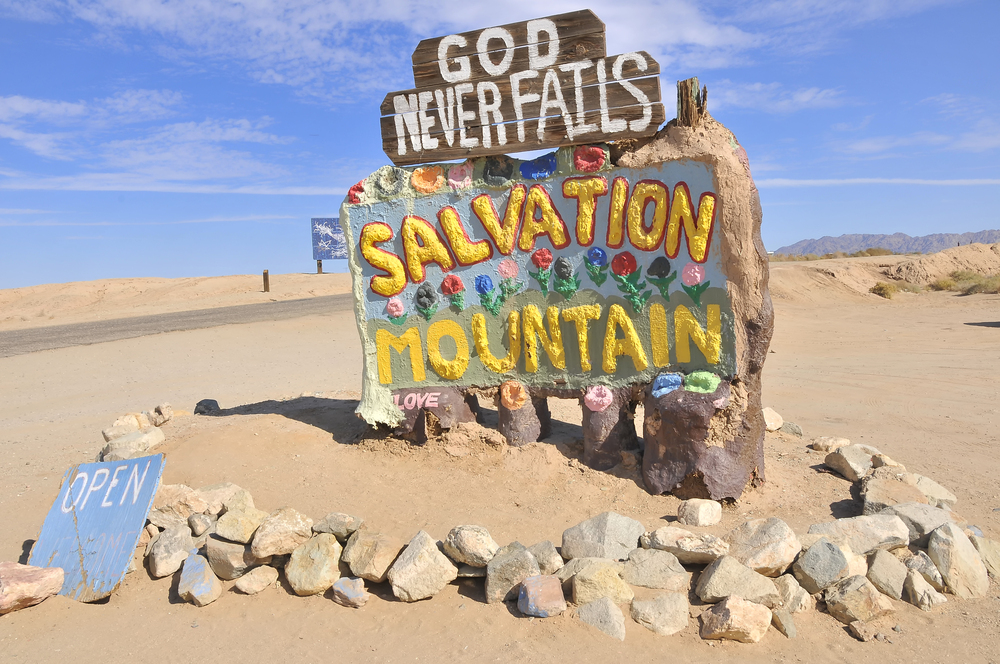
Rising from the desert floor near the Salton Sea, this vivid hill-sized art installation covered in adobe clay and thousands of gallons of donated paint proclaims a message of universal love. Created over decades by self-taught artist Leonard Knight, the mountain features intricate biblical verses, flowers, and waterfalls in a riot of colors visible for miles across the otherwise barren landscape.
The site’s simple message and Knight’s unwavering dedication inspire visitors regardless of their spiritual beliefs, offering a testament to one person’s ability to transform a harsh environment into a place of beauty and contemplation.
Wave Organ, San Francisco, California

This acoustic sculpture, built on a jetty in San Francisco Bay, uses PVC pipes and marble from a demolished cemetery to amplify the sounds of water lapping against the shore. Created by artist Peter Richards, the installation rewards patient listeners with an ever-changing symphony of gurgles, splashes, and resonant tones produced by the interaction of tides and carefully placed pipes.
The peaceful setting away from urban noise encourages meditative listening and reconnection with natural rhythms, often overlooked in daily life.
Like Travel Pug’s content? Follow us on MSN.
Thorncrown Chapel, Arkansas

Nestled in the Ozark woods near Eureka Springs, this soaring glass sanctuary designed by architect E. Fay Jones uses 425 windows to dissolve the boundary between interior and forest. The 48-foot-tall structure employs a repeating pattern of slender wooden trusses that create ever-changing shadow patterns as sunlight filters through the surrounding trees.
Though religious in purpose, the chapel’s primary inspiration comes from the natural world, offering a contemplative space where visitors of any faith can experience transcendence through architectural harmony with the environment.
Enchanted Highway, North Dakota

Along a 32-mile stretch of rural highway near Regent, a series of enormous scrap metal sculptures emerge from the prairie landscape like visions from another dimension. Created by retired teacher Gary Greff to prevent his hometown from fading away, these whimsical structures—including a 70-foot-tall family of tin men and massive pheasants in flight—transform an otherwise unremarkable drive into an outdoor gallery celebrating imagination and perseverance.
Each sculpture tells a story of prairie life while demonstrating how creative vision can literally put a place on the map.
Foamhenge, Virginia
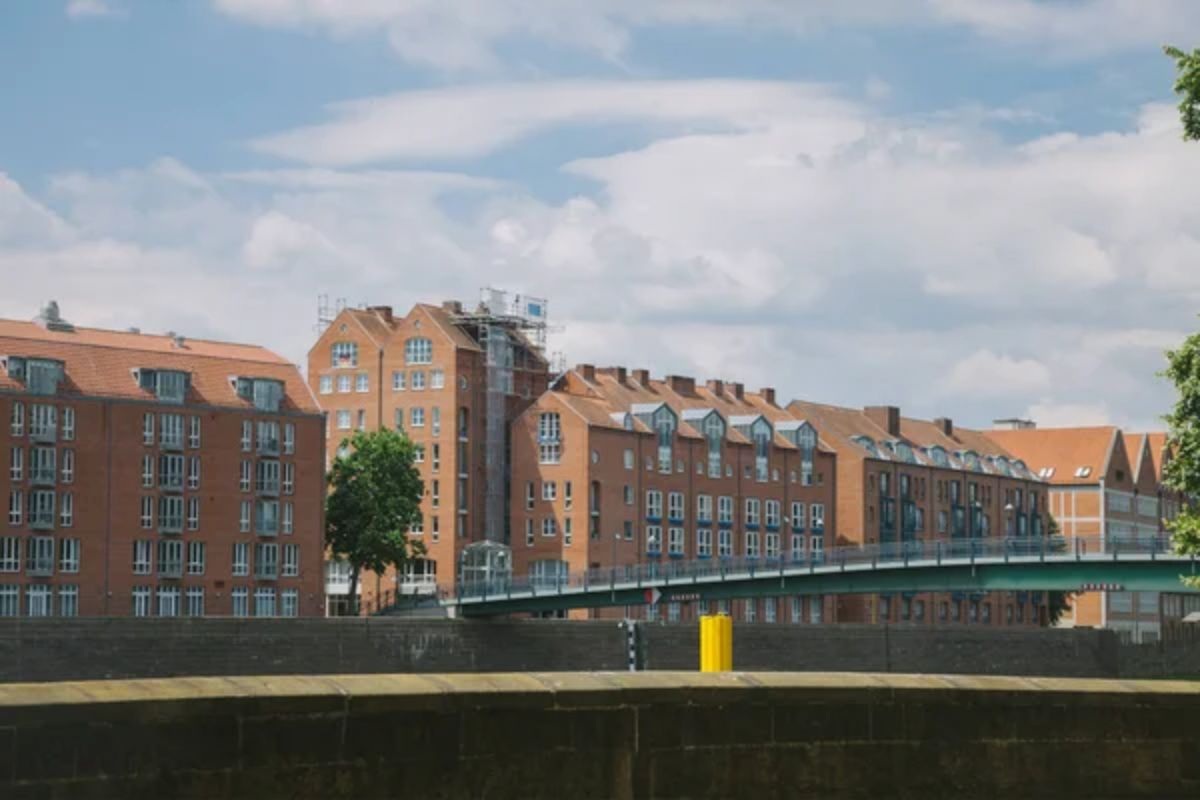
This full-scale styrofoam replica of England’s famous stone circle stands in Natural Bridge, offering an unexpectedly thought-provoking roadside attraction that’s both playful and educational. Created by artist Mark Cline, the installation appears startlingly authentic despite its humble materials. It encourages visitors to consider questions about authenticity, cultural monuments, and how we value original versus replicated experiences.
The site’s interpretive materials actually provide more accurate astronomical alignments than many explanations at the real Stonehenge, adding substance to what initially seems like mere roadside kitsch.
Like Travel Pug’s content? Follow us on MSN.
Meow Wolf’s House of Eternal Return, Santa Fe, New Mexico
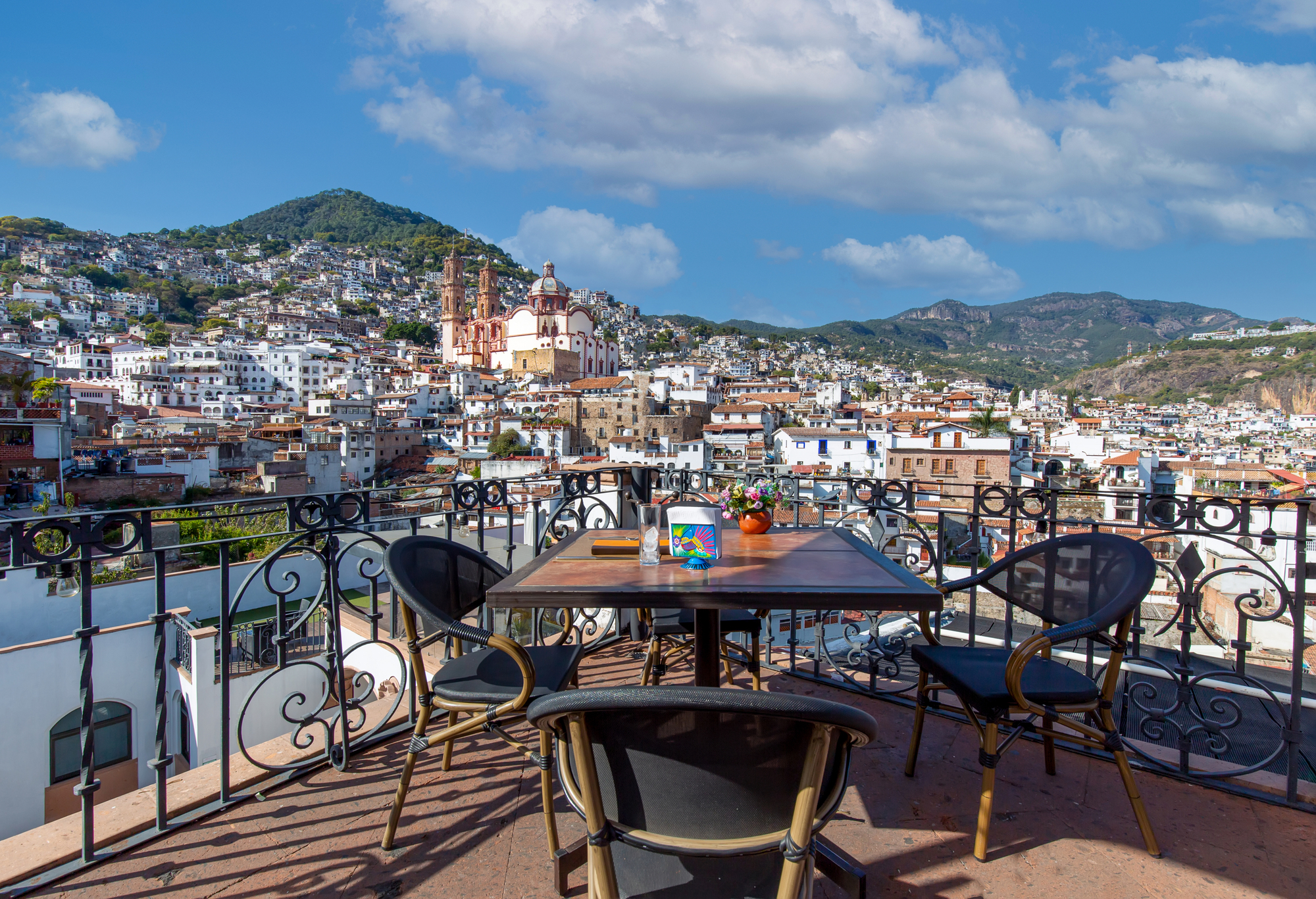
Behind the unassuming exterior of a former bowling alley lies a mind-bending interactive art experience where an ordinary Victorian house becomes a portal to dozens of surreal dimensions. Visitors can open the refrigerator to enter a glowing alien world, climb through a fireplace into a crystal cave, or play laser harp strings that trigger audio and visual responses throughout connected environments.
Created by a collective of artists with support from George R.R. Martin, the space challenges conventional storytelling while demonstrating how collaborative creativity can transform forgotten urban spaces into economic and cultural assets.
Spiral Jetty, Utah
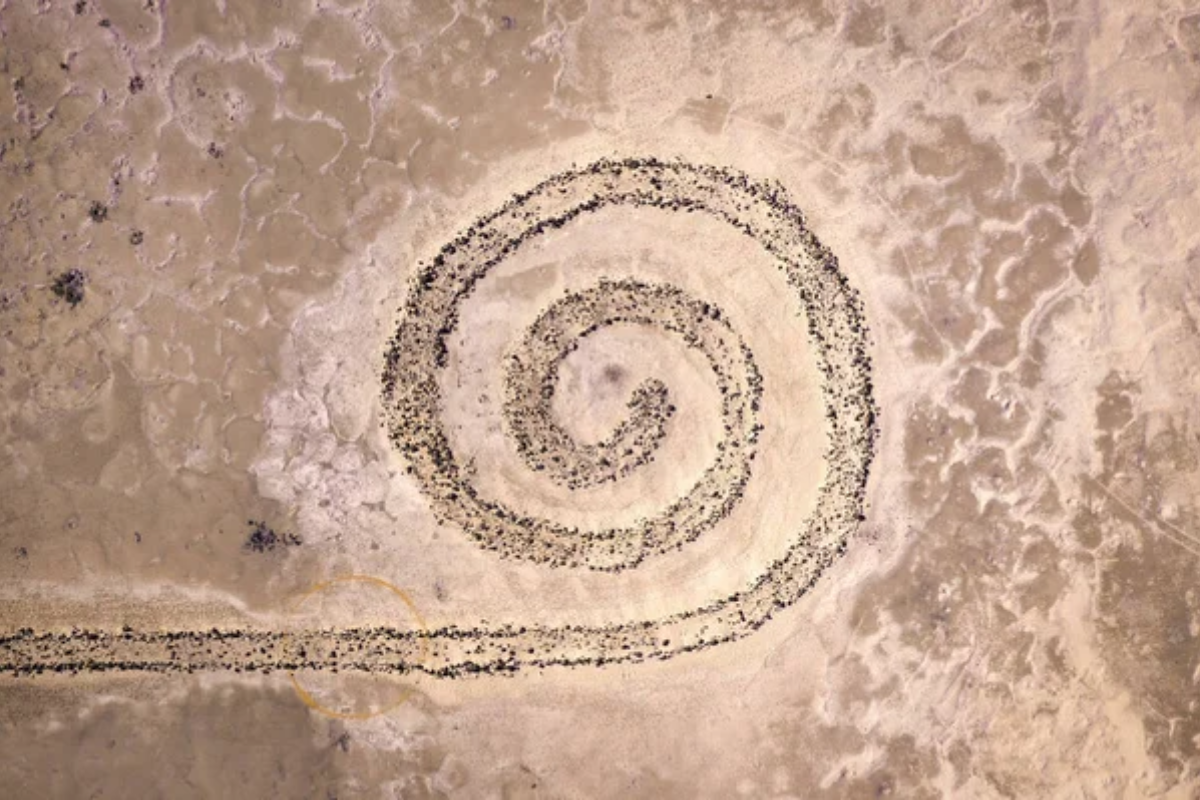
Extending 1,500 feet into the pinkish waters of Utah’s Great Salt Lake, this iconic earthwork by Robert Smithson consists of over 6,000 tons of black basalt rocks arranged in a counterclockwise coil. The remote location requires determined effort to visit, while the jetty itself periodically disappears and reappears as lake levels fluctuate with rainfall patterns.
This interaction between human creation and natural forces creates an ever-changing experience that comments on permanence, entropy, and our attempts to make meaningful marks on the landscape.
Wild Center’s Wild Walk, Adirondacks, New York
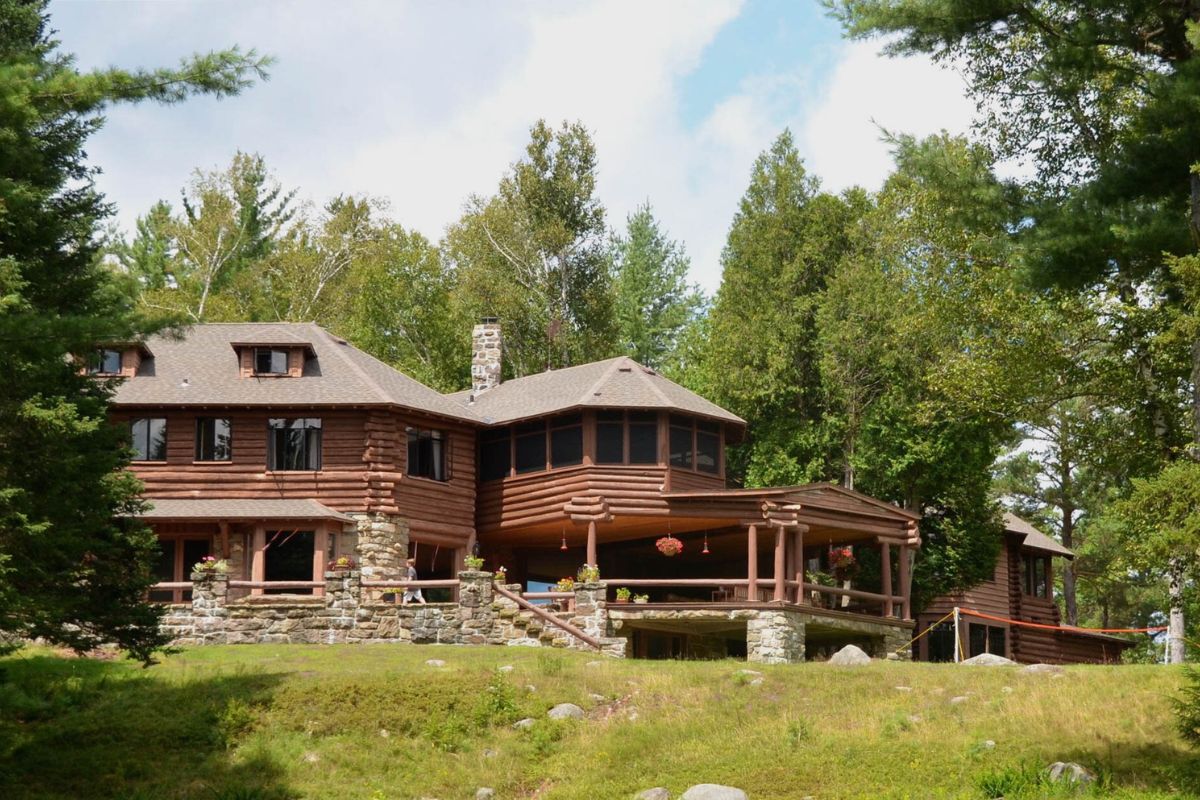
This elevated trail through the treetops of the Adirondack forest offers a literal shift in perspective by placing visitors at eye level with the forest canopy. The 1,250-foot walkway includes a human-sized eagle’s nest perched 42 feet above ground and a giant spider’s web where visitors can experience how these creatures navigate three-dimensional space.
By physically changing our vantage point, the walk inspires new understanding of ecological relationships and forest dynamics typically hidden beneath the canopy.
Like Travel Pug’s content? Follow us on MSN.
Franconia Sculpture Park, Minnesota

Set amid rolling farmland an hour from Minneapolis, this 43-acre park features over 120 contemporary sculptures from emerging and established artists in an accessible outdoor setting. Unlike traditional museums, visitors can touch most works, picnic beside massive installations, and even watch artists-in-residence creating new pieces in open-air studios.
The park democratizes art appreciation while providing opportunities for artists to work at scales impossible in conventional galleries, creating a uniquely interactive cultural experience in an unexpected rural location.
Cathedral of Junk, Austin, Texas

Hidden in a suburban backyard, this three-story structure built entirely from discarded objects has evolved organically over three decades through the vision of artist Vince Hannemann. Bicycle wheels, computer parts, kitchen utensils, and countless other cast-offs form archways, winding staircases, and small rooms that visitors can explore like an urban cave system.
The cathedral transforms everyday garbage into a sacred-feeling space, challenging our perceptions of value and waste while demonstrating how consistent creative vision can transform even the most mundane materials.
The Lightning Field, New Mexico

This land art installation by Walter De Maria consists of 400 polished stainless steel poles precisely arranged in a grid over a remote high desert plain. Visitors must commit to the experience—the site requires reservations, an overnight stay in a rustic cabin, and disconnection from electronic devices.
The field reveals different aspects throughout the day, from subtle morning light reflections to occasional dramatic lightning strikes during the summer monsoon season. This contemplative environment creates space for reflection that is impossible in more accessible attractions.
Like Travel Pug’s content? Follow us on MSN.
Watts Towers, Los Angeles, California

Rising nearly 100 feet above a working-class neighborhood, these intricate spires built by Italian immigrant Simon Rodia represent 33 years of solitary work using found materials, including broken glass, seashells, and ceramic fragments. Working without scaffolding, machines, or blueprints, Rodia created a folk art masterpiece that has survived earthquakes and demolition attempts to become a symbol of individual vision and immigrant contribution.
The towers demonstrate how creativity can flourish anywhere when driven by passionate determination, regardless of formal training or resources.
Carhenge, Nebraska
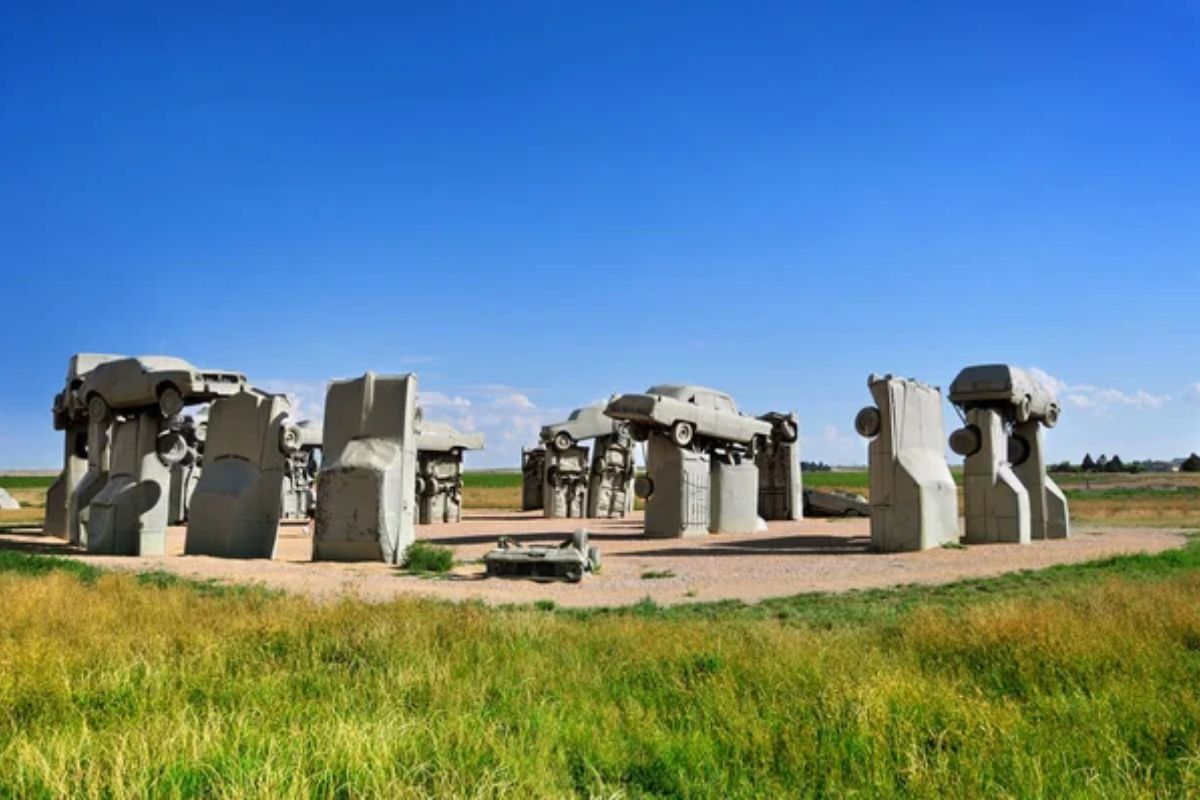
This full-scale replica of England’s Stonehenge, constructed entirely from vintage American automobiles, stands in a farm field near Alliance, capturing quintessential American roadside weirdness with surprising artistic merit. Created by artist Jim Reinders as a memorial to his father, the installation precisely mirrors the astronomical alignments of the original monument while playfully commenting on American car culture.
What began as an eccentric personal project has evolved into a cultural landmark that draws visitors to a region they might otherwise never experience.
Prada Marfa, Texas

This permanent art installation resembling a luxury boutique stands isolated on a desolate stretch of highway with no commercial purpose—its doors cannot open, and its merchandise will never be sold. Created by artists Elmgreen and Dragset, the structure is slowly deteriorating in the harsh desert environment, its designer goods fading in the intense sunlight.
The incongruous placement of high fashion in rural Texas creates a powerful commentary on consumerism, cultural values, and the inevitable decay of even our most prized possessions.
Like Travel Pug’s content? Follow us on MSN.
Nuclear Waste Adventure Trail, Missouri
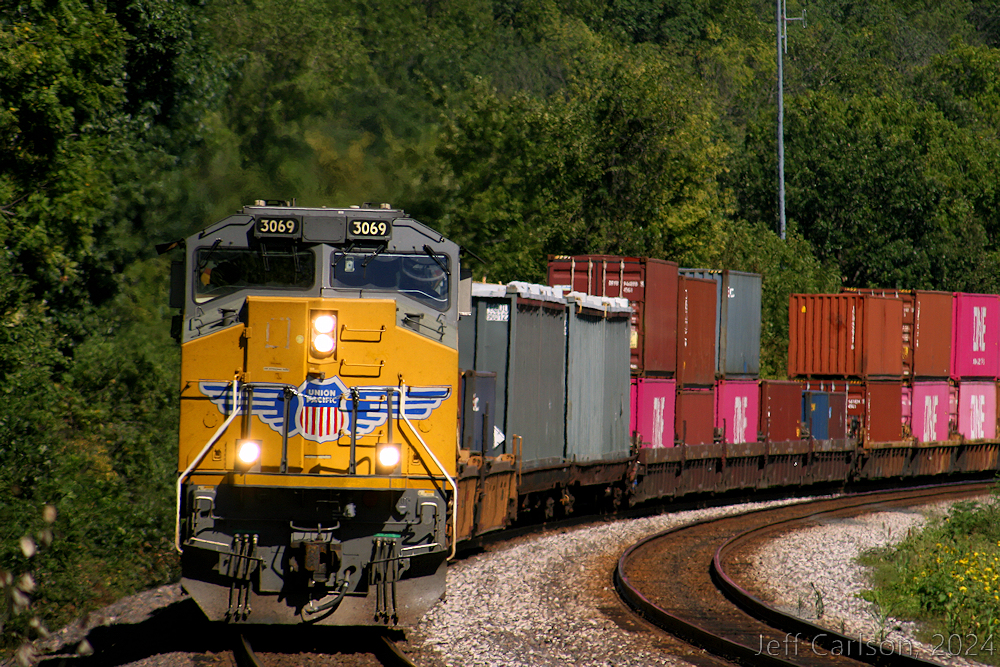
This unusual attraction transforms an environmental cleanup site into an educational experience. Visitors can climb stairs to the top of a 75-foot-tall entombed nuclear waste dump now covered with native prairie grasses.
Interpretive displays explain how the site processed uranium for nuclear weapons during the Cold War and the subsequent remediation efforts. The juxtaposition of ecological restoration atop a toxic legacy creates a uniquely American experience that confronts visitors with complex questions about technological progress, environmental responsibility, and how we manage the long-term consequences of our industrial activities.
Fremont Troll, Seattle, Washington

Lurking under an ordinary city bridge, this 18-foot concrete troll clutches an actual Volkswagen Beetle in its massive hand while its single hubcap eye stares at passersby. Created by four local artists as part of a community competition to rehabilitate a problematic area, the sculpture transformed a space previously associated with illegal dumping and drug activity into a beloved neighborhood landmark.
The troll demonstrates how public art can reclaim neglected urban spaces while building community identity and encouraging pedestrian activity in formerly avoided areas.
Paper House, Massachusetts
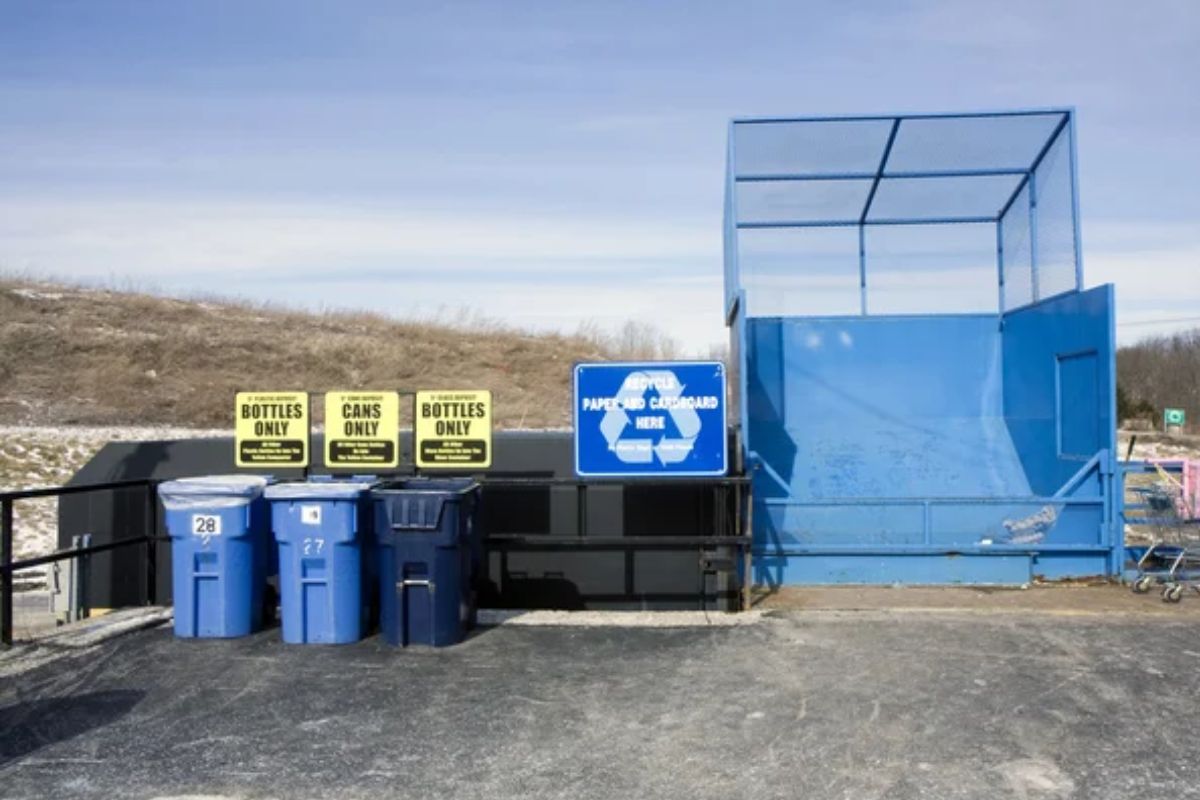
This unassuming cottage in Rockport appears ordinary from the outside but contains walls, furniture, and decorative elements made entirely from rolled and varnished newspapers collected in the 1920s. Built by mechanical engineer Elis Stenman as a summer project, the house uses an estimated 100,000 newspapers strengthened with a homemade adhesive.
The structure has withstood nearly a century of New England weather while demonstrating the surprising structural properties of an everyday material typically discarded after a single use, offering a humble but powerful example of resourcefulness and experimental thinking.
Like Travel Pug’s content? Follow us on MSN.
Finding Wonder in Unexpected Places

These diverse attractions demonstrate how inspiration often hides in overlooked corners of America, waiting for travelers willing to exit the highway, follow hand-painted signs, or venture down unpromising dirt roads. The most meaningful road trip experiences often come not from checking famous destinations off a list but from encountering places where passionate individuals have transformed ordinary locations through creativity, persistence, and unique vision.
These stops remind us that inspiration doesn’t require grand natural features or famous historical events—sometimes it emerges most powerfully from a single person’s determination to create something meaningful in their corner of the world.
More from Travel Pug

- Cities Growing so Fast You Won’t Recognize Them in 10 Years
- 13 Destinations Where Tourists Regularly Regret Their Trip
- 20 Obscure WWII Sites Even History Buffs Don’t Know About
- 10 Under-the-Radar Mountain Towns That Are Both Affordable and Beautiful
- Remote Villages in Europe Where You Can Live for Free in Exchange for Work
Like Travel Pug’s content? Follow us on MSN.
